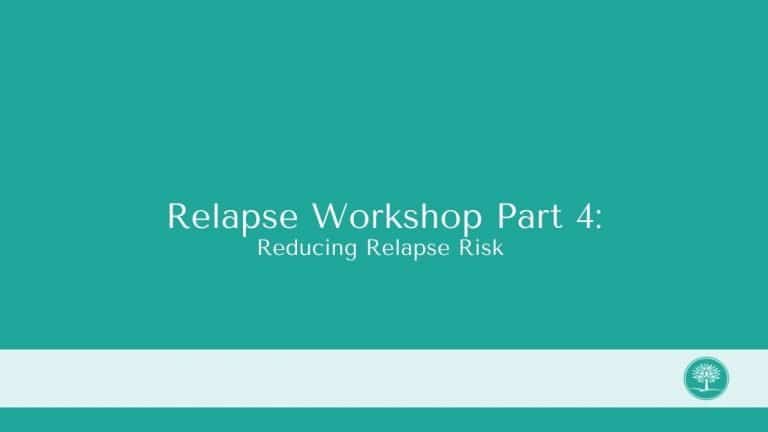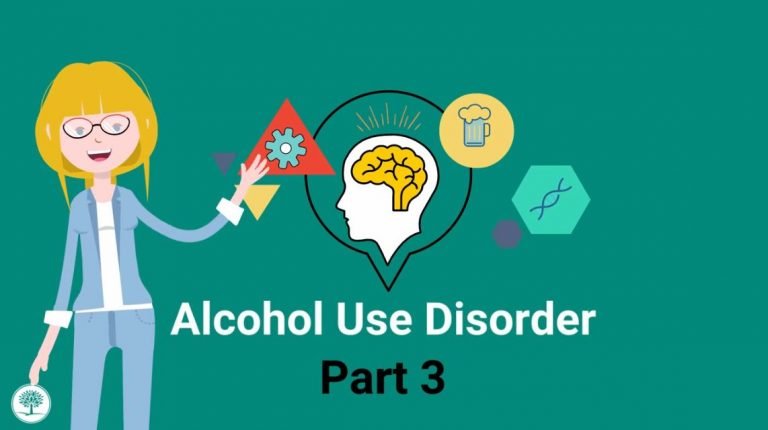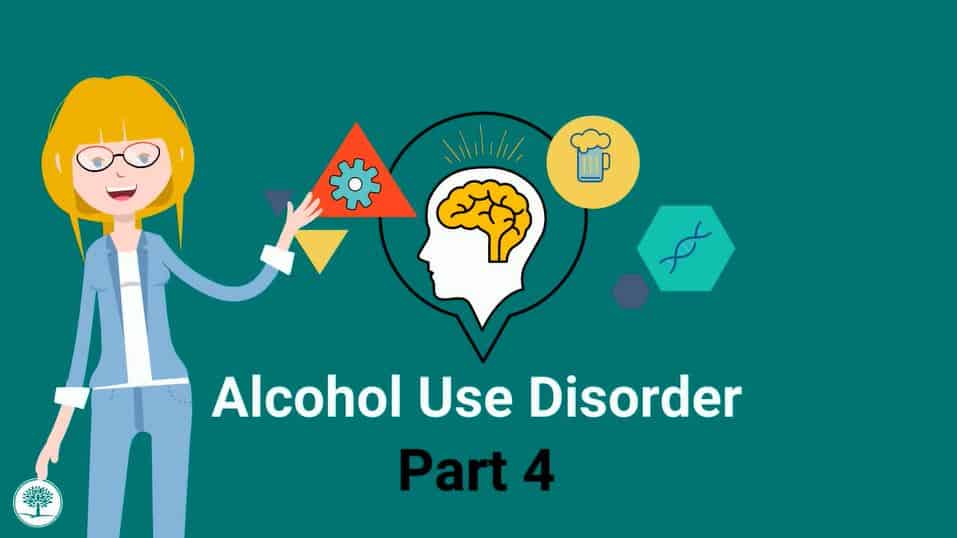How a thought becomes a relapse
In this lesson we will discuss how a thought becomes a relapse.
So now that you know what your triggers are the next step is to uncover the thoughts that lead you to drink or use. The usual sequence that can lead to relapse is you have a trigger, you have thought about that trigger, that thought creates a craving and then that craving creates drug or alcohol use. Your thoughts are directly connected to our emotions and our actions. We all have some thoughts that are rational and some that are irrational. In addiction your irrational thoughts around drinking or using mostly come from your addicted brain. Thoughts are very important to notice and understand because when we encounter a trigger the way we think about it dictates the way we cope with it.
So, it’s important to identify your red flag thoughts and that red flag thought is something you tell yourself about drinking or using that increases the likelihood that you will relapse. These are dangerous thoughts for us to be having. These are called relapse justifying behaviors and we all have them in addiction. When you find yourself having these thoughts that give you permission to drink or use you have to work harder to kick your rational brain into gear. You will need to notice these thoughts when they happen.
We can train ourselves to notice when we’re thinking in a way that increases our chance of relapsing and practice inserting new thoughts that increases our chances of staying sober. Common red flag thoughts are I have to have a drink. Nobody has to know. It really doesn’t matter if I use. I can control it. I’m only going to have one. I’m having a bad day. I might as well use. I deserve it. And it’s a special occasion. I can start over tomorrow. Can you identify your common red flag thoughts?
Next we’ll talk about some common red flag thinking and how these thoughts become a relapse. So one example is to have black or white thinking. And this occurs when you see things as either all good or all bad. Example is when you said “oh I messed up everything at work” and the red flag thought that follows that is, “I might as well go and drink.” So what I need you to do is to take a look at the examples of your thoughts that are black and white thinking and what’s the corresponding red flag thought that could trigger you to return to use.
Another example is when we discount the positive. This occurs when we cast aside a compliment. Someone says something nice to you and you say “oh my boss only said something nice out of pity.” Now the Red Flag thought is “I’m pathetic. I have nothing to lose by drinking.” Can you see in this example how you are thinking can lead you toward relapse? Think of the examples of when you’ve discounted the positive and what that following red flag thought is for you.
Another example is jumping to conclusions and these can happen in two different ways. There’s mind reading and there’s fortune telling. So when your mind reading you’re assuming the other person’s behavior to you reflects something negative about how they feel about you. And when you fortune telling. You’re predicting that things will turn out badly for you. So the first example is of mind reading. “My brother’s blowing me off because he thinks he’s better than me.” And the second example is “with my luck treatment won’t work for me.” That is fortune telling.
So in the first example, the red flag thought is. “I’ll show him if he’s gonna treat me like that. I’m gonna go use” and the second red flag side for fortune telling is “I’ll never be able to stay clean and sober. There’s no point in even trying.” So you need to think about times when you’ve jumped to conclusions and how those thoughts lead to some sort of red flag thought leading you to use.
The next example is when you take your feelings too seriously and you think of your feelings as reality, which most of us do. The truth is feelings are just feelings. They’re not the truth. So you can take an example by saying “I feel hopeless therefore life is hopeless for me.” And the red flag thought is “things will never get better. At least if I go use, I won’t have to feel the pain of my hopeless life.”
So can you think of your example of taking your feelings too seriously?
Self blame: this occurs when you have an active self-critical voice inside of you which most of us do. You blame yourself for things that are not in your control. So the self blaming thought is “it’s all my fault that I drink too much” and the red flag corresponding thought could be “I’ve ruined my life. I have nothing else to lose by continuing to drink.” So share an example of your self blaming thoughts and a potential red flag thought that could follow that.
Labeling yourself. So we do this with the way that we feel or we think about the mistakes that we’ve made. So labeling thought is. “I’ve relapsed just like I knew I would. I’m just a raging alcoholic and I always will be.” And the red flag thought could be” raging alcoholics like me they never get clean in the long run. I’m going to be another bad statistic. There’s no point in me even trying to stay clean.” So can you identify your labeling self thoughts and the red flag thoughts that could lead you to use. Now keep in mind the idea is to get to know these thoughts and see the way that we think and how that leads us to saying things that are encouraging us or justifying our return to use.
What I’d like you to do with your assignment is to write down your triggering situations. The thoughts that you had in that triggering situation. The feelings that came with that. And then write your craving from a 0 to a 10. 0 is no craving at all and a 10 is a very intense craving, very hard not to return to use. So if you’re able to monitor this over time you will start to get to know your thinking that led you to relapse and then you’ll be able to stop yourself in those situations.
Please join us for our next part of this series where we will discuss “Thought Challenging.”
Thank you for choosing The Recovery Village. If you or a loved one are struggling with mental health or substance abuse and would like to find out more about the programs we offer, please reach out to us directly at 855-387-3291.









